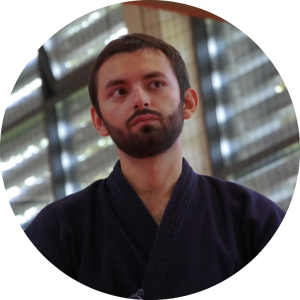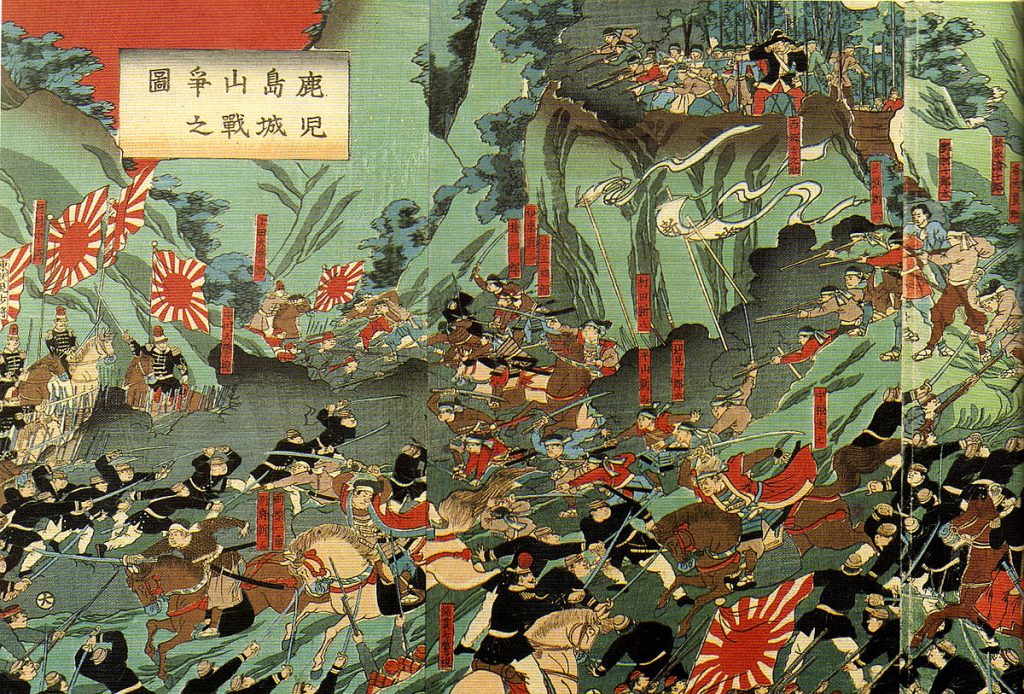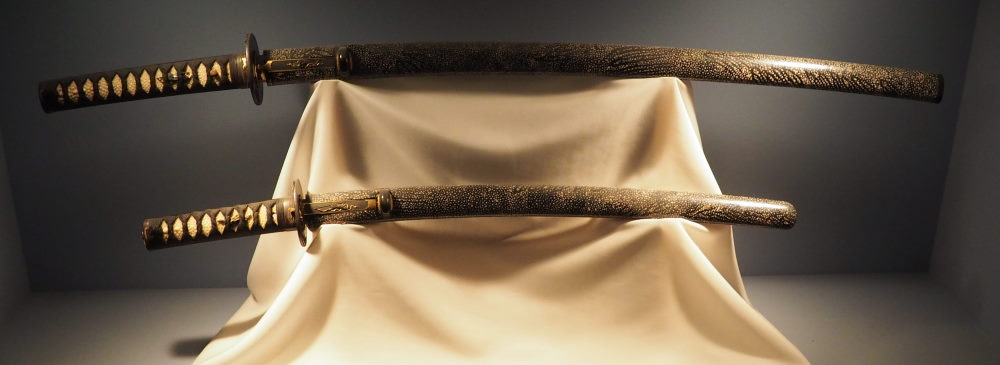The stick is one of the first weapons used by man. An ordinary piece of wood does not stand out much compared to later weapons, but in the right hands it can be extremely effective.
Due to its simple design, the stick was probably used all over the world, by all social classes. Moreover, compared to, for example, a sword or a spear, it is not immediately identified as a weapon and looks rather like an everyday item (it often fulfilled both functions). Wherever access to other weapons was limited, for material or legal reasons, people reached for a stick for self-defense.
As a weapon, the stick is versatile. Not only can it deliver powerful, deadly blows, but it can also be used to incapacitate.

Construction and nomenclature
Japanese name because literally means "stick" and today is a synonym for its most popular variety - rokshakubō, meaning “a stick 6 shaku long”. The exact dimensions may vary slightly, depending on the specific school and the preferences of the practitioner. The standard length is approximately 1.82 m (6 Shaku) and diameter about 3 cm (1 sun).
Currently, bō is made of one piece of wood (e.g. oak, beech) and has a round cross-section (marubo). Historically, other varieties were also found, such as: hexagonal (rokakubo) and octagonal (hakakubo). Sometimes the wooden structure was reinforced with metal strips, but due to the weight, wood alone was usually the best option.
In Japanese budo, you can also find other types of stick. Popular in modern martial arts yo is usually 1.27 m long. According to legend, this weapon, designed by Muso Gonnosuke Katsuyoshi (incidentally, an adept of Katori Shintō-ryū), was intended to be faster and easier to use than the longer bō, but still retain the advantage of distance over the sword. On the other hand disgraceabout, as the name suggests, is half a bō long, i.e. 90 cm (3 shaku). This is the right length so that such a stick can also be used as a walking stick - a seemingly harmless everyday item.
Same as wooden training weapons (e.g. bokken), the stick requires periodic grinding and lubrication with vegetable oil (e.g. odorless rapeseed oil).

Martial arts using a stick
Although the greatest emphasis in koryu (old martial schools) focused on sword techniques, the stick was equally popular, and warriors - even if they did not learn to use it themselves - were aware of its effectiveness in combat and the methods of defense against it. It is worth knowing that the stick can also be interpreted, apart from the weapon itself, as a fragment of a broken spear (yari). Parallel teaching of spear and stick techniques prepared them for such a situation, which was common on the battlefield.
When a samurai did use a stick, he usually preferred the bō. It is estimated that by the end of the feudal period, over 300 schools had bōjutsu in their curriculum. The oldest of them are, among others: Katori Shintō-ryū, Kashima Shintō-ryū and Takenouchi-ryū.
In turn, Shintō Muso-ryū initiated and popularized the techniques jōjutsu, which have also been incorporated into other fighting styles. The modern art of Seitei Jōdō also comes from this school.
The stick is also used in some hand-to-hand martial arts such as Karate and Aikidō.

Stick versus sword
The main advantage of the bō in a duel with a sword is its length, which allows it to stay out of the sword's reach and keep the opponent at a distance. The stick can be moved in the hands, which allows for additional range when pushing. The length of the club also means that (due to the lever principle) the tip gains a lot of energy during the swing. Thanks to this, delivering a fatal blow does not require the attacker to use much force. Of course, provided that the shot was made correctly.
However, the length of the bō may also be its disadvantage. As with naginata and yari, they require space to use and are not suitable for tight spaces. More importantly, since the attack is launched with the tip of the stick, the weapon loses its effectiveness when the opponent shortens the distance.

Stick fighting techniques in Katori Shintō-ryū
The bō stick is the second weapon that Katori Shintō-ryū students become familiar with - after learning the basics of the sword. It is also the first of long weapons, and good mastery bōjutsu pays off in later learning naginata and yari.
At the primary level - omote-no-bō – you get to know six executioner (sequences) performed in pairs. The less advanced person is called uchikomi and learns stick techniques. Whereas uke this is a more experienced partner who uses a sword.
Similar to the rest of Katori Shintō-ryū, except for the level omote there is also a “hidden” level – gokui-no-bō. Techniques and kata gokui are taught only after years of practice, at further master levels.




